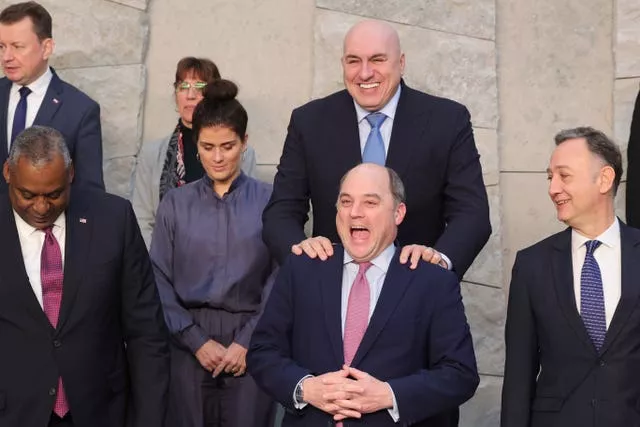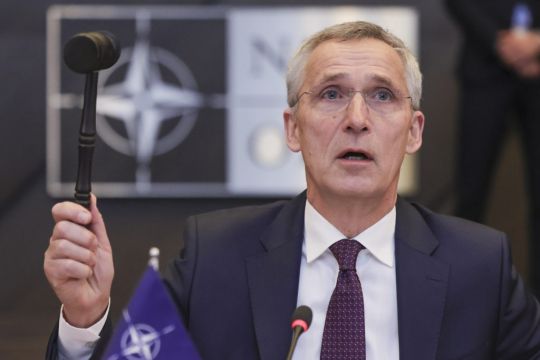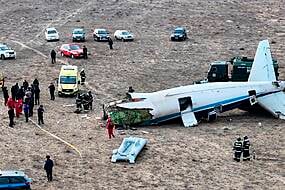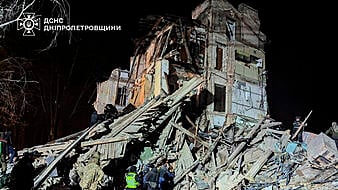Nato secretary general Jens Stoltenberg has urged the 30 member countries to commit to spending at least 2 per cent of their gross domestic (GDP_) product on defence by a set date, as Russia’s war on Ukraine and other threats eat into military spending.
Nato allies agreed in 2014, after Russia annexed Ukraine’s Crimean Peninsula, to halt the spending cuts they had made after the Cold War and move towards spending 2 per cent of GDP on their defence budgets by 2024.
That pledge expires next year, and Nato is working on a new target.
“What is obvious is that if it was right to commit to spend 2 per cent in 2014, it is even more right now because we live in a more dangerous world,” Mr Stoltenberg told reporters, after chairing a meeting of Nato defence ministers in Brussels, where a first high-level discussion on the issue was held.

“There is a full-fledged war going on in Ukraine, in Europe, and then we see the persistent threat of terrorism, and we see also the challenges that China is forcing to our security. So, it is obvious that we need to spend more,” he said.
Nato allies in Europe and Canada increased defence spending for the eighth consecutive year in 2022, adding around $350 billion to their budgets.
According to Nato’s most recent estimates, 10 countries are close to or above the 2 per cent guideline. Thirteen spend around 1.5 per cent or less.
Several member countries insist that the figure was only ever a guideline, and not a hard target.
“Instead of changing the 2 per cent, I think we should move from regarding the 2 per cent as a ceiling to toward the 2 per cent of GDP as a floor and minimum,” Mr Stoltenberg said.
He added that this should not be “a long-term perspective or move towards”, but rather “an immediate commitment to spend 2 per cent as a minimum”.
The United States spends more on its defence budget than all the other allies combined, putting 3.47 per cent of GDP into its military coffers, according to Nato estimates for last year.

Some members have suggested that Nato should move towards a 2.5 per cent guideline. Others say that is unrealistic.
Many countries insist that it is the quality of the equipment and the amount of contributions that allies make to Nato operations that is most important.
GDP percentages are also a slippery metric.
When economies tanked during the Covid-19 pandemic, defence budgets looked bigger.
The economy of Turkey, traditionally one of Nato’s biggest defence spenders, has been ravaged by inflation and its military budget only stood at 1.22 per cent of GDP last year, according to Nato’s estimate.
Nato leaders are expected to map out the way ahead when they meet for their next summit in the Lithuanian capital Vilnius in July.







